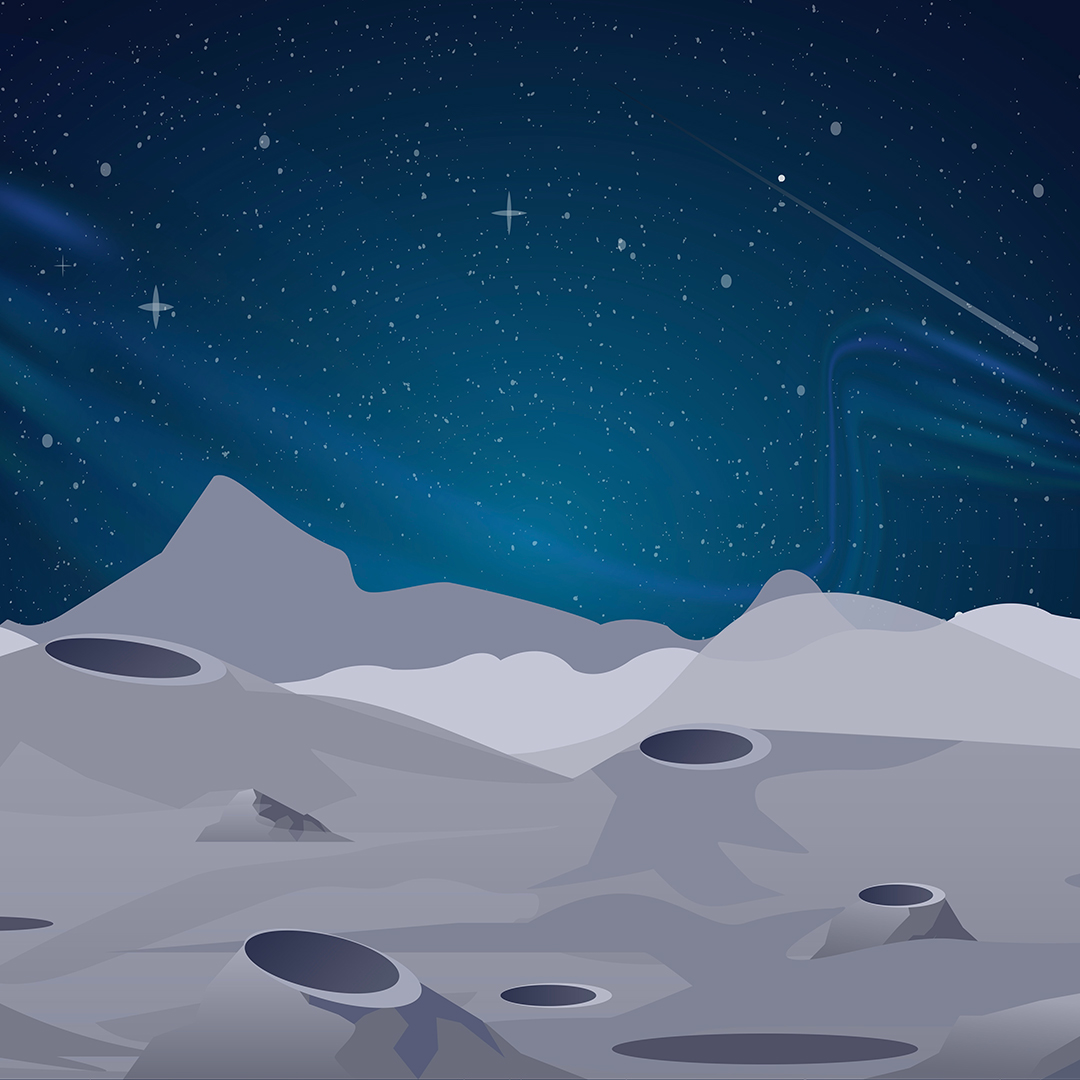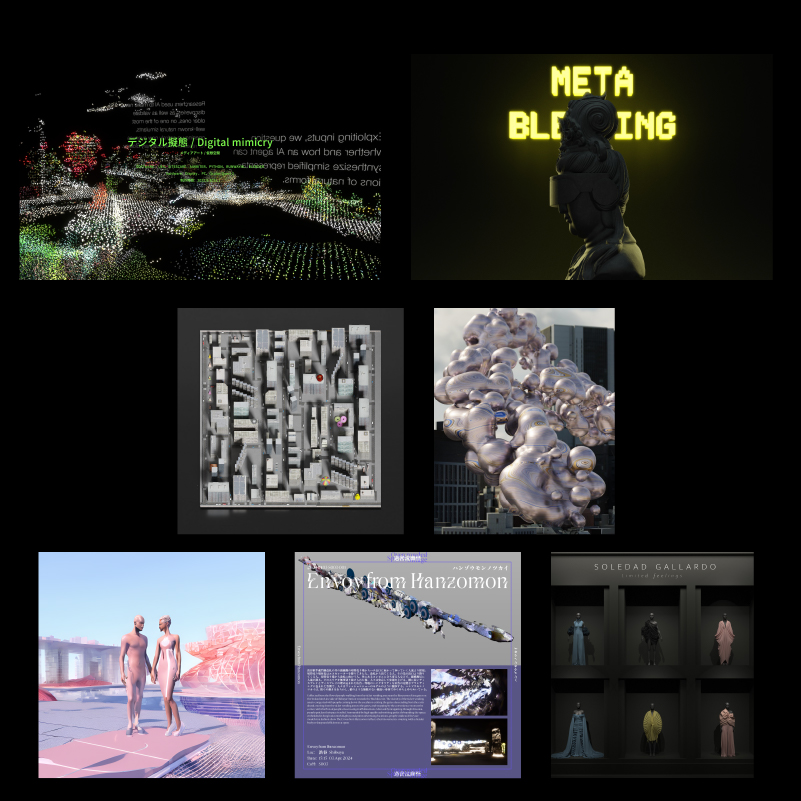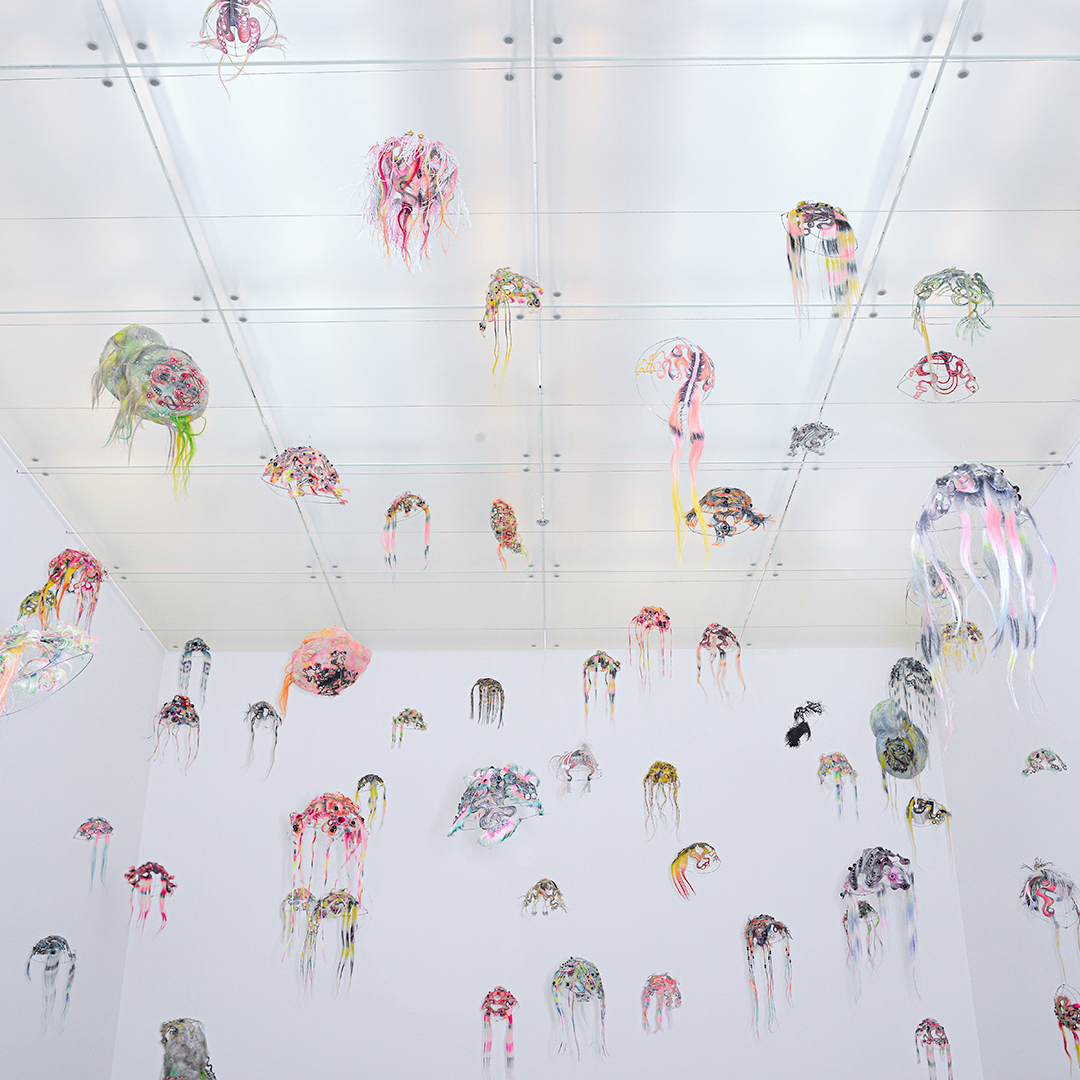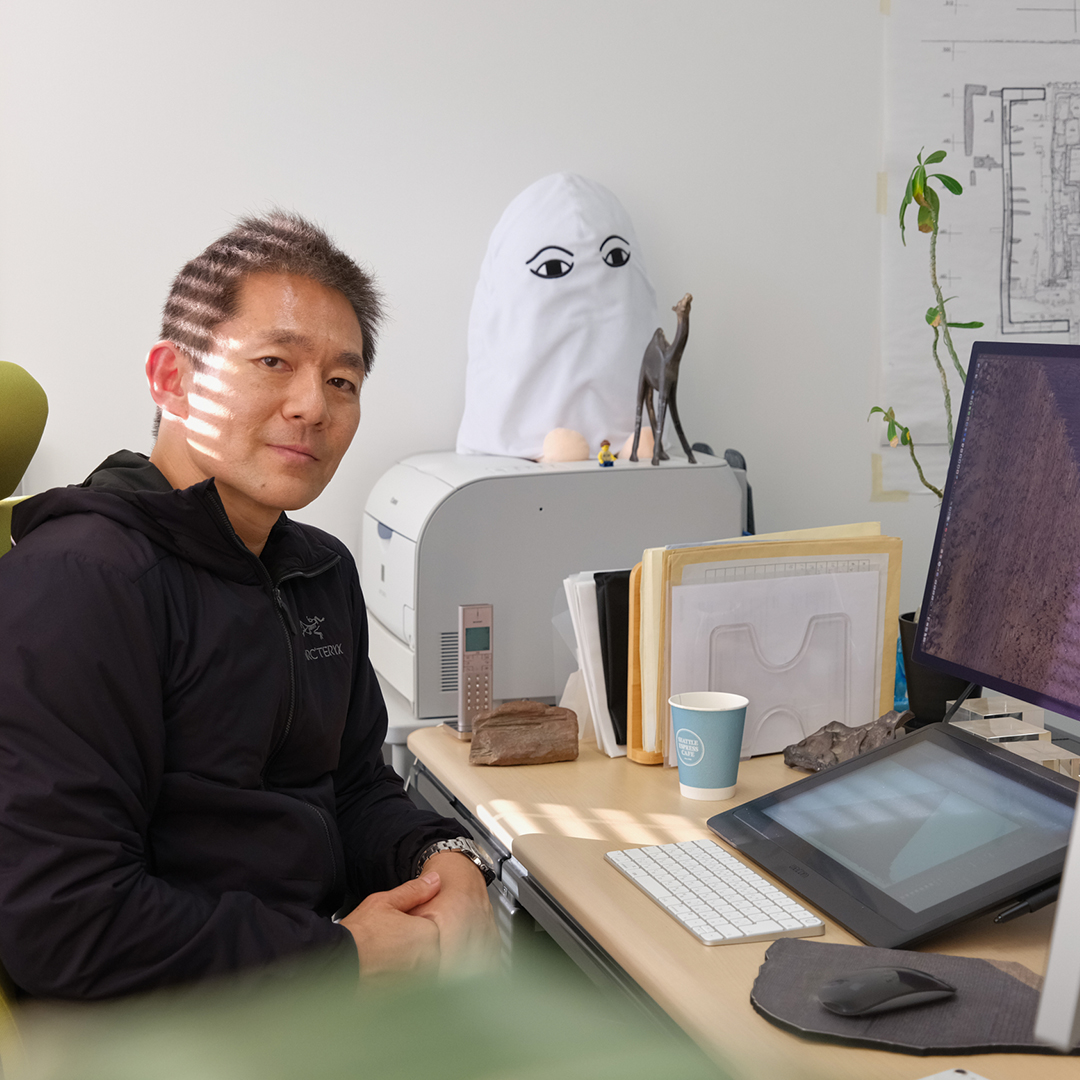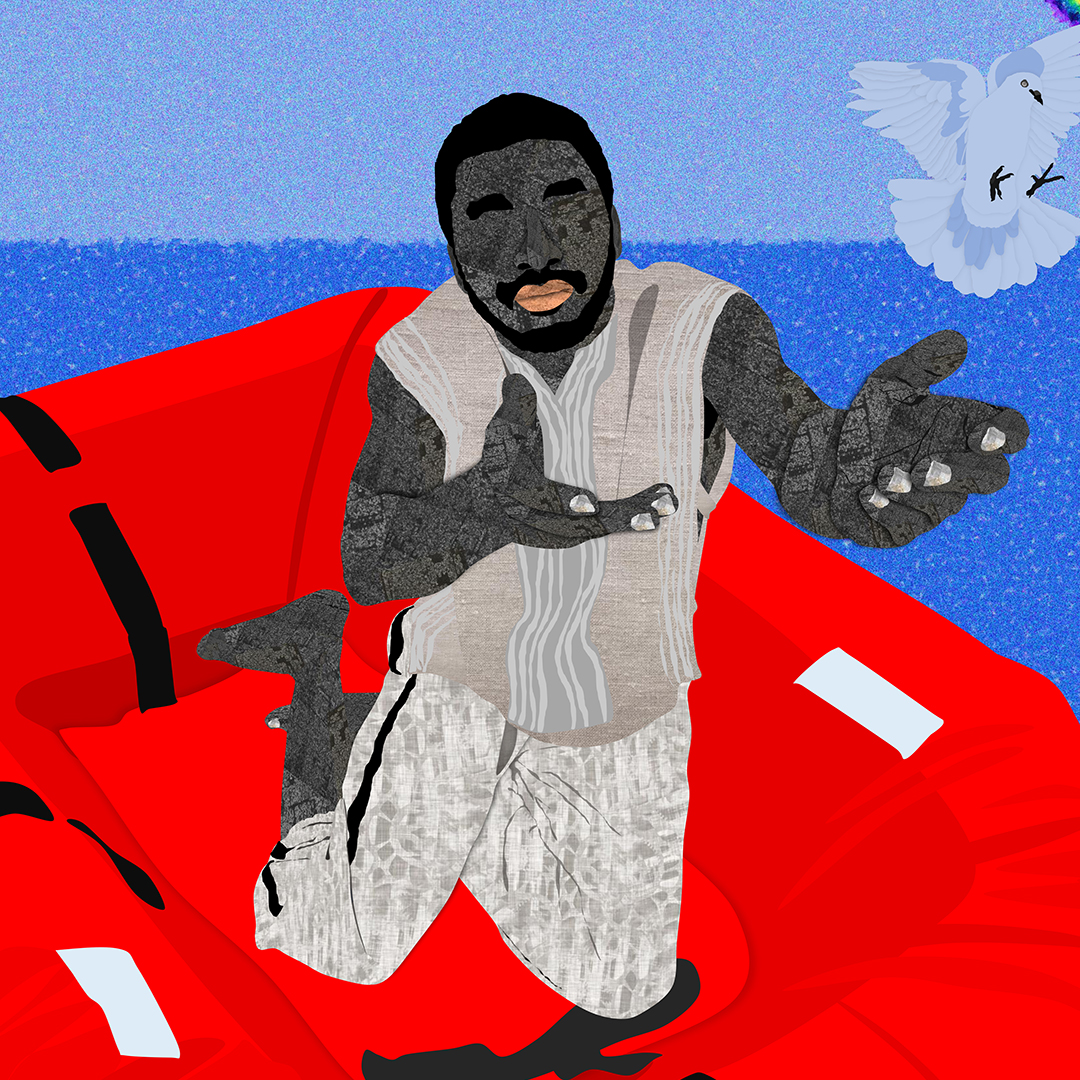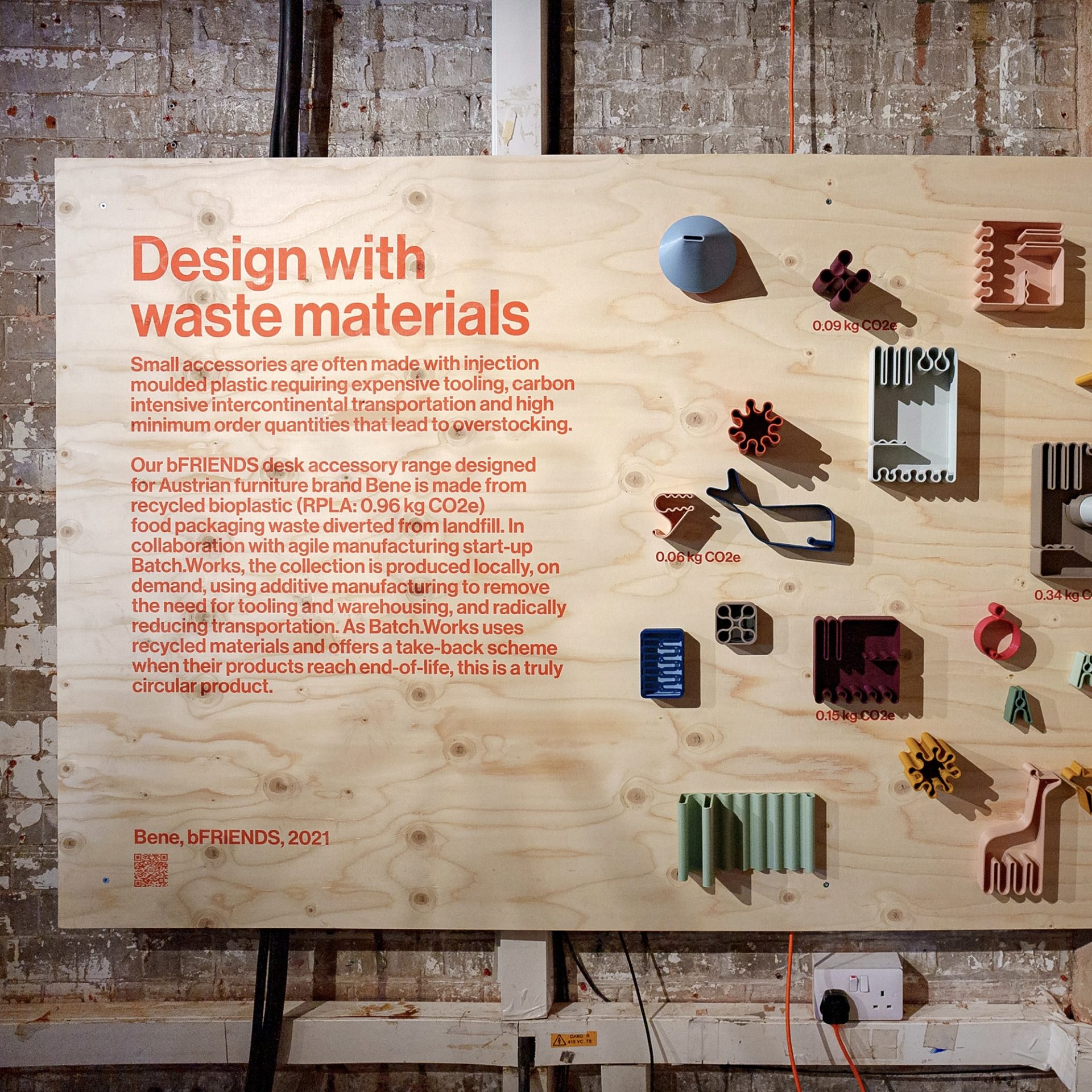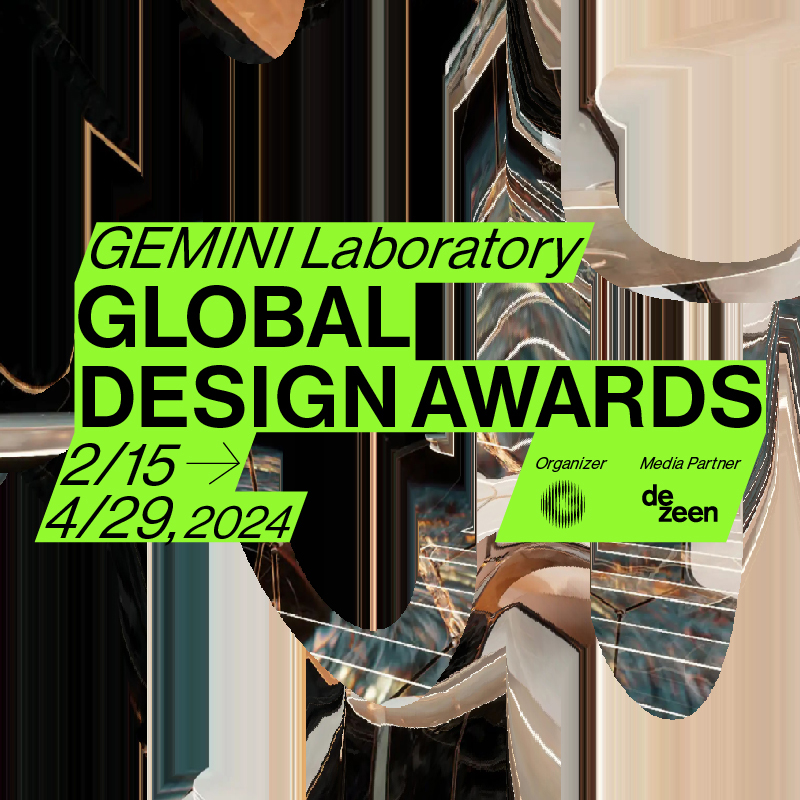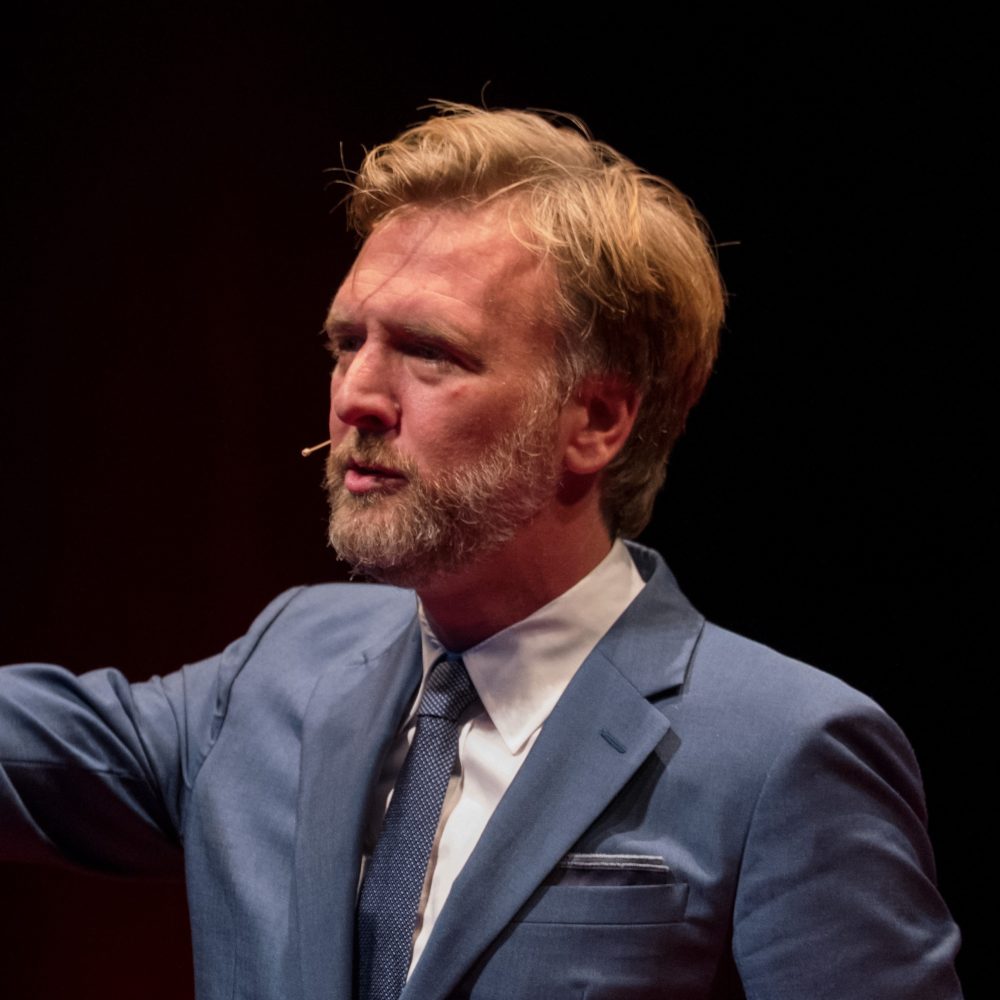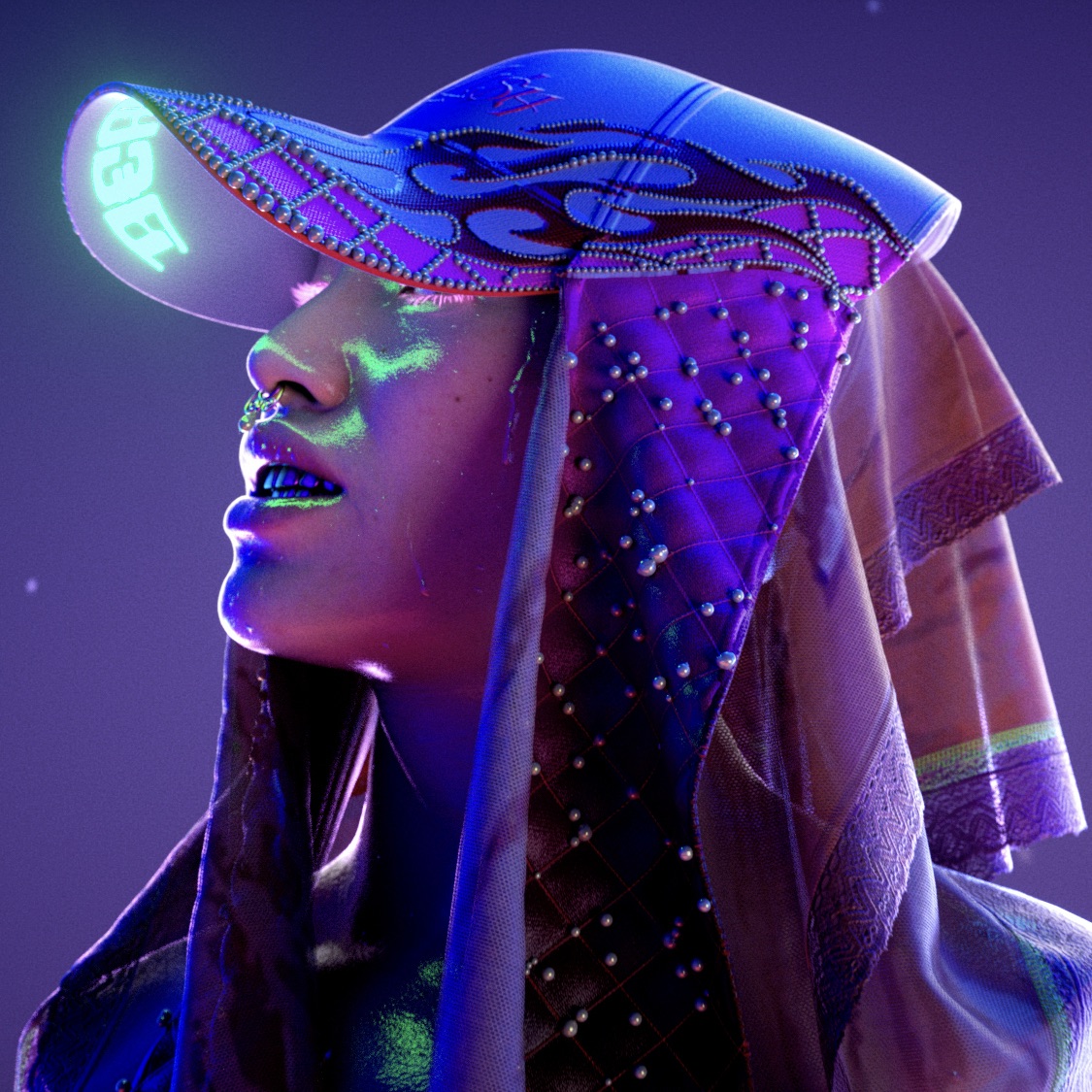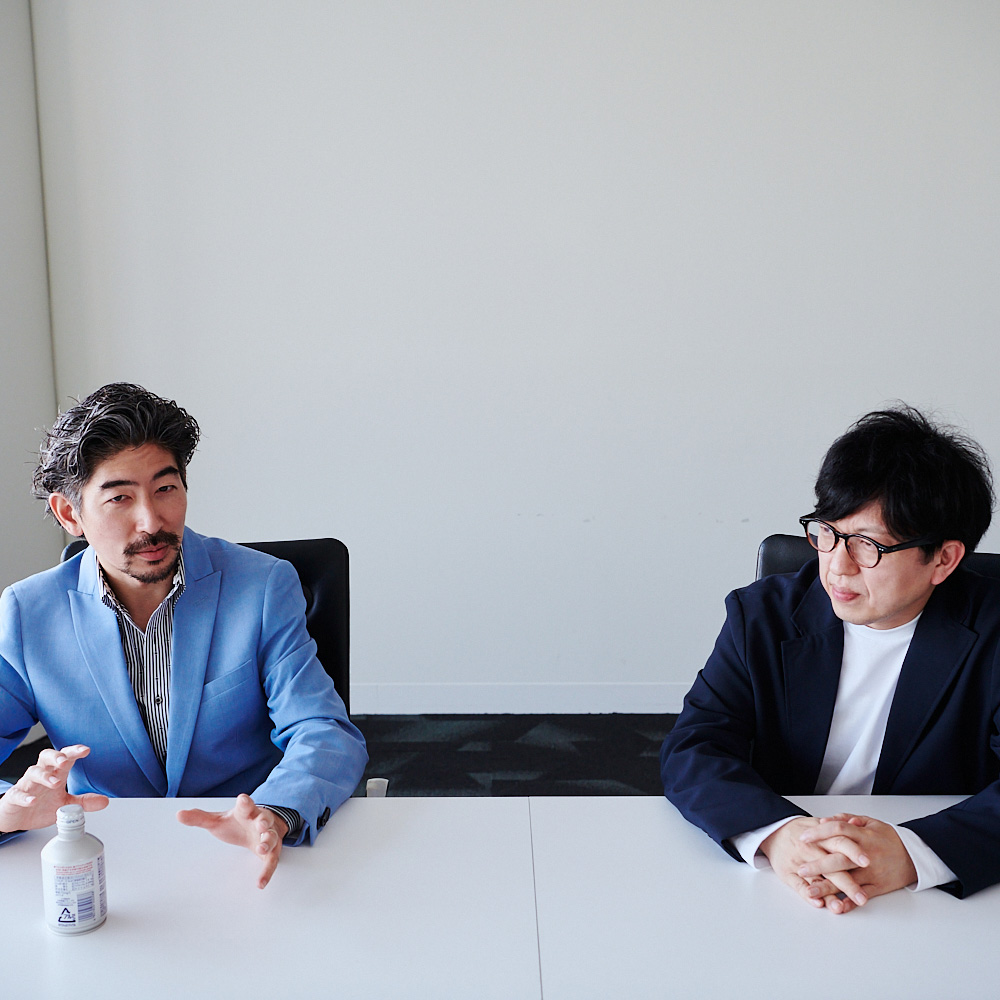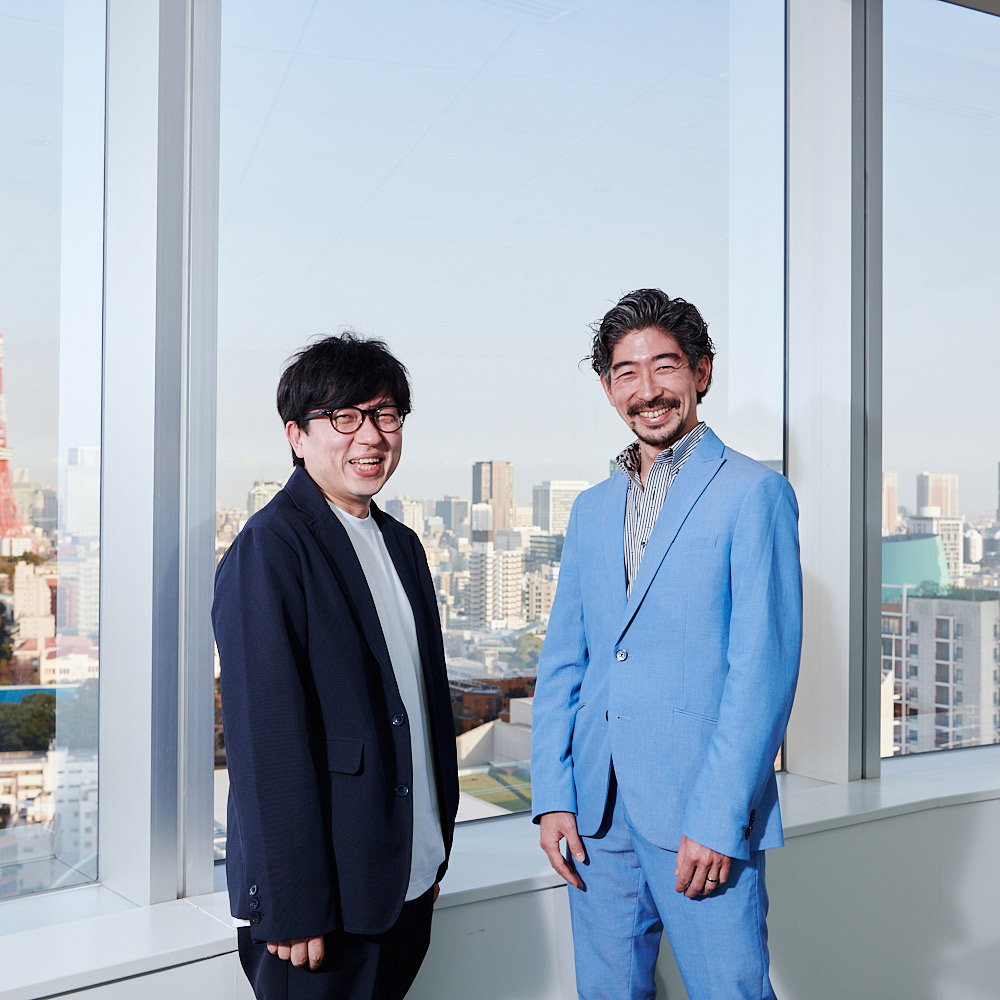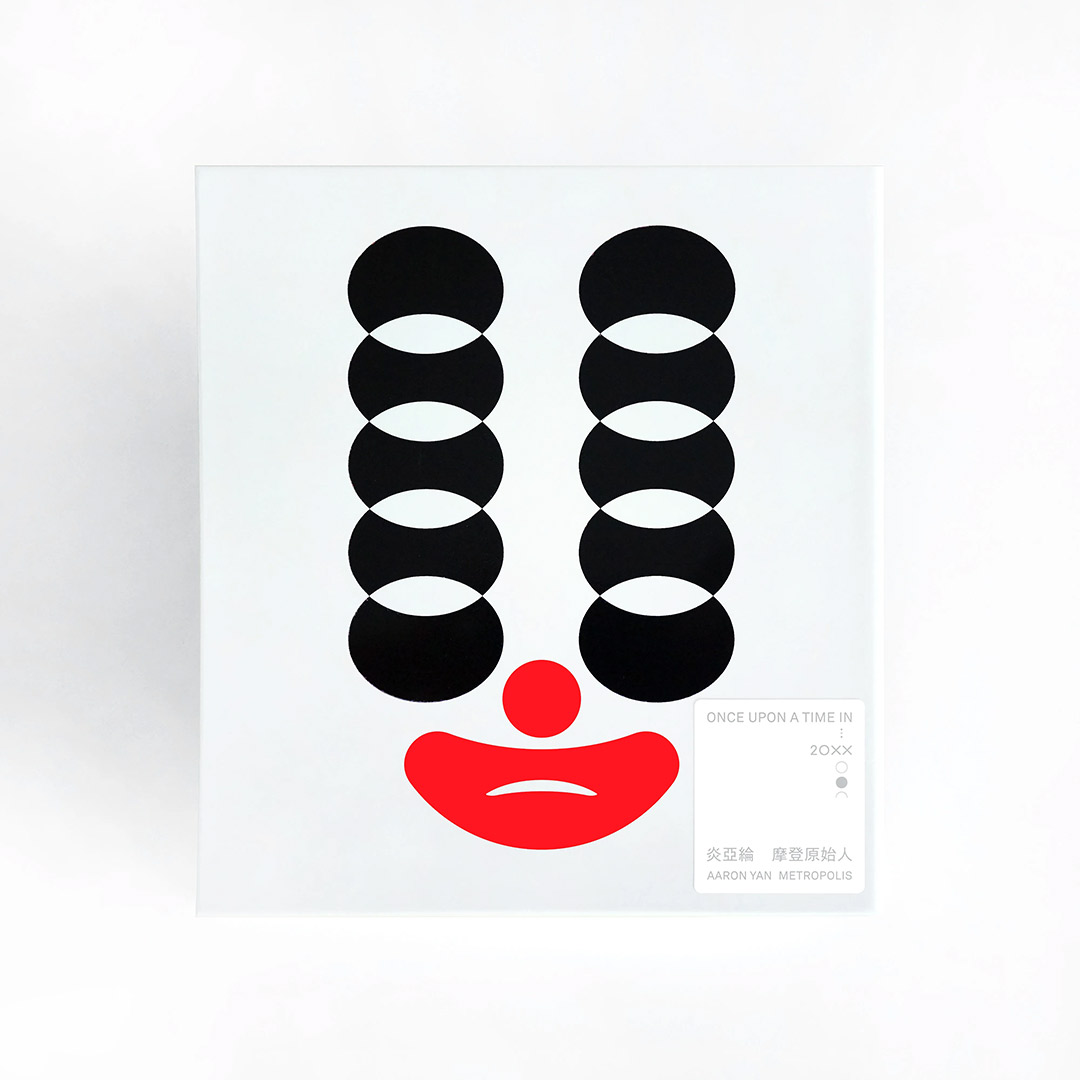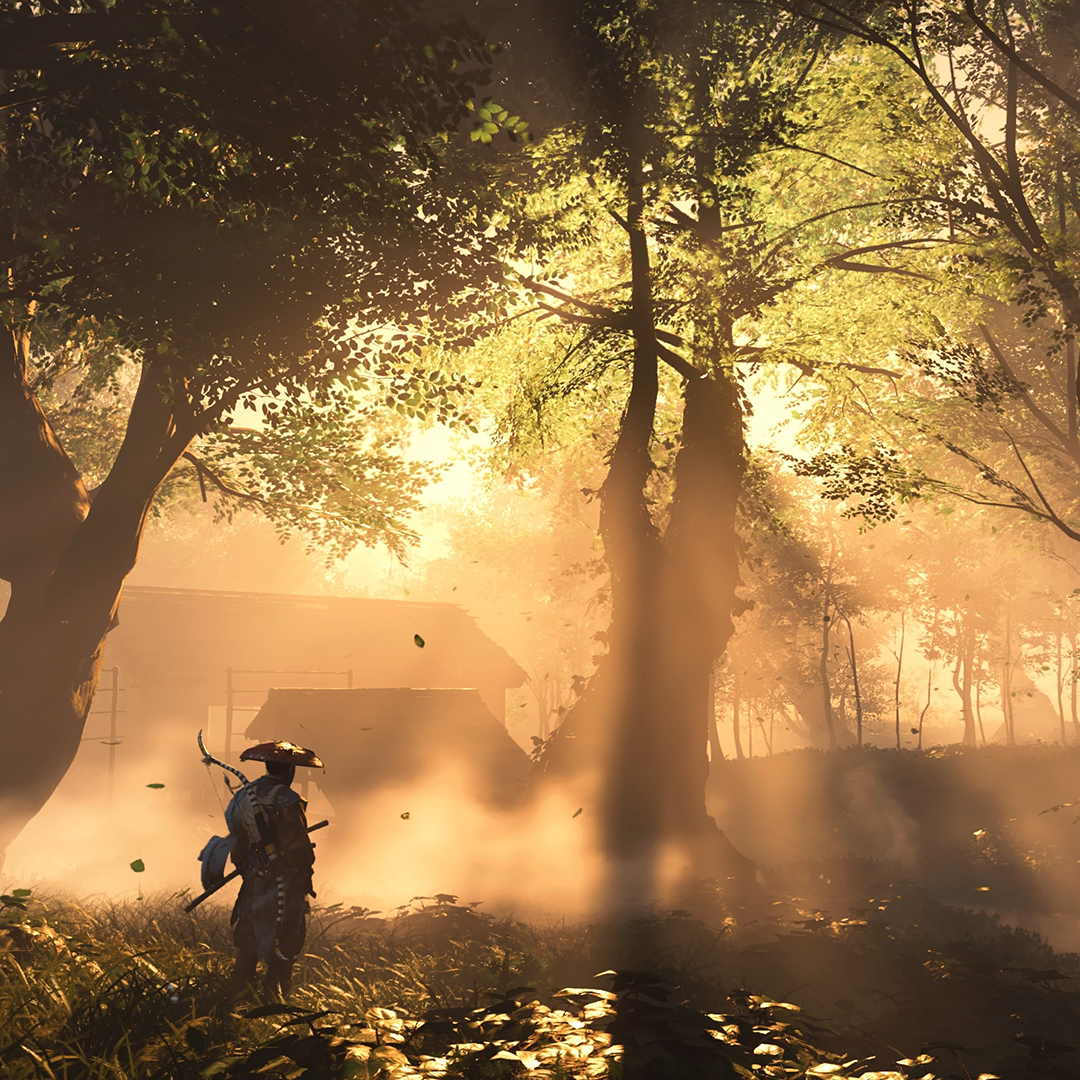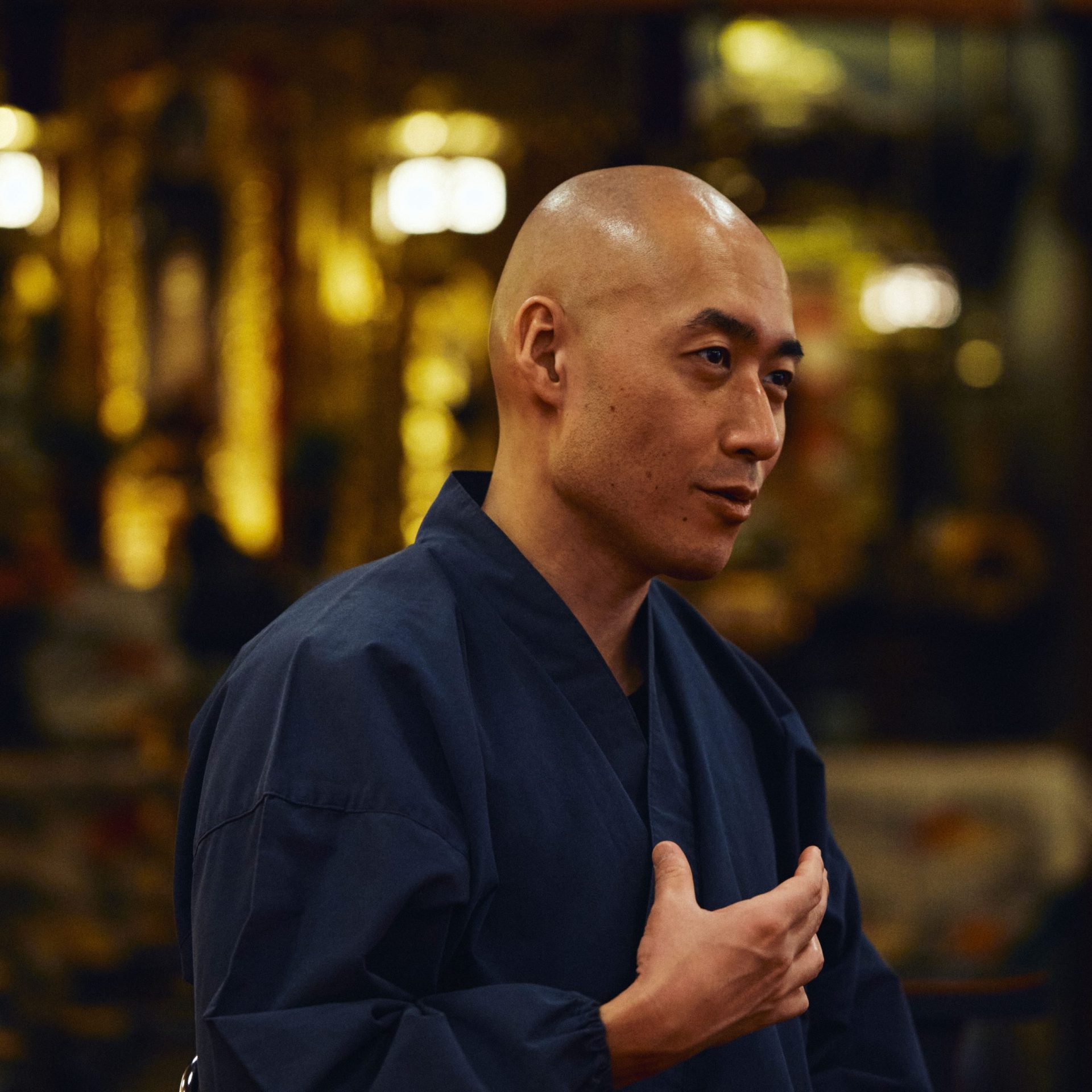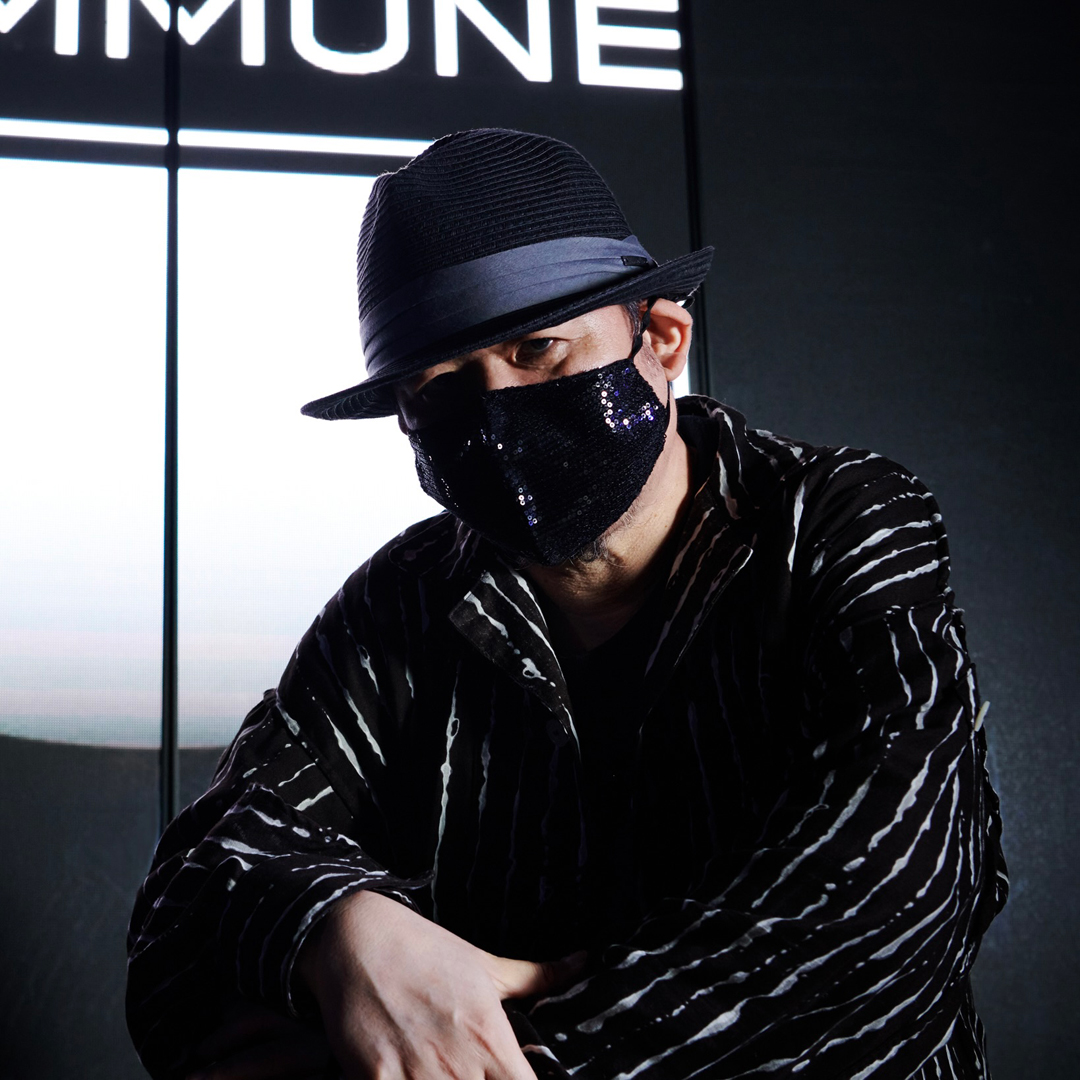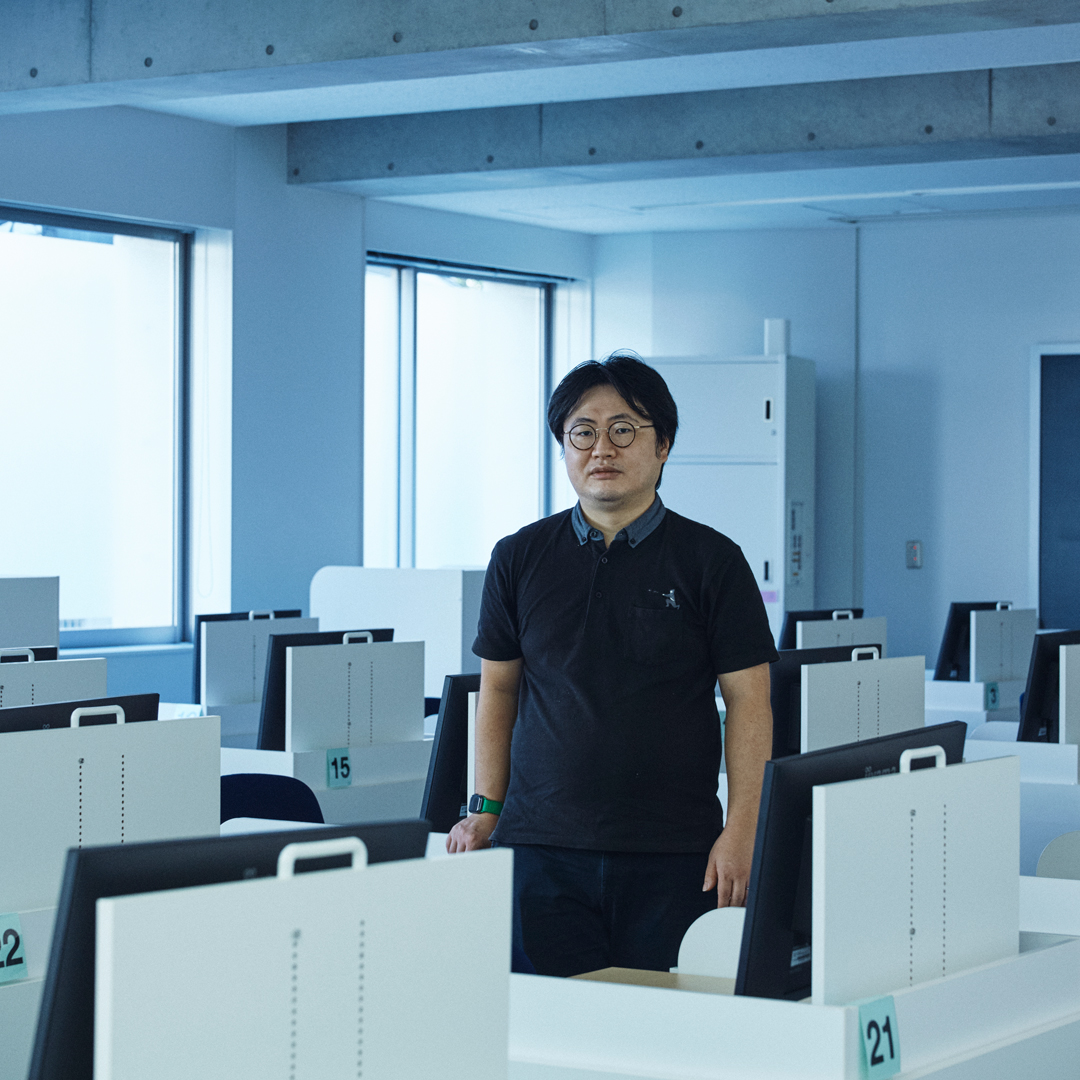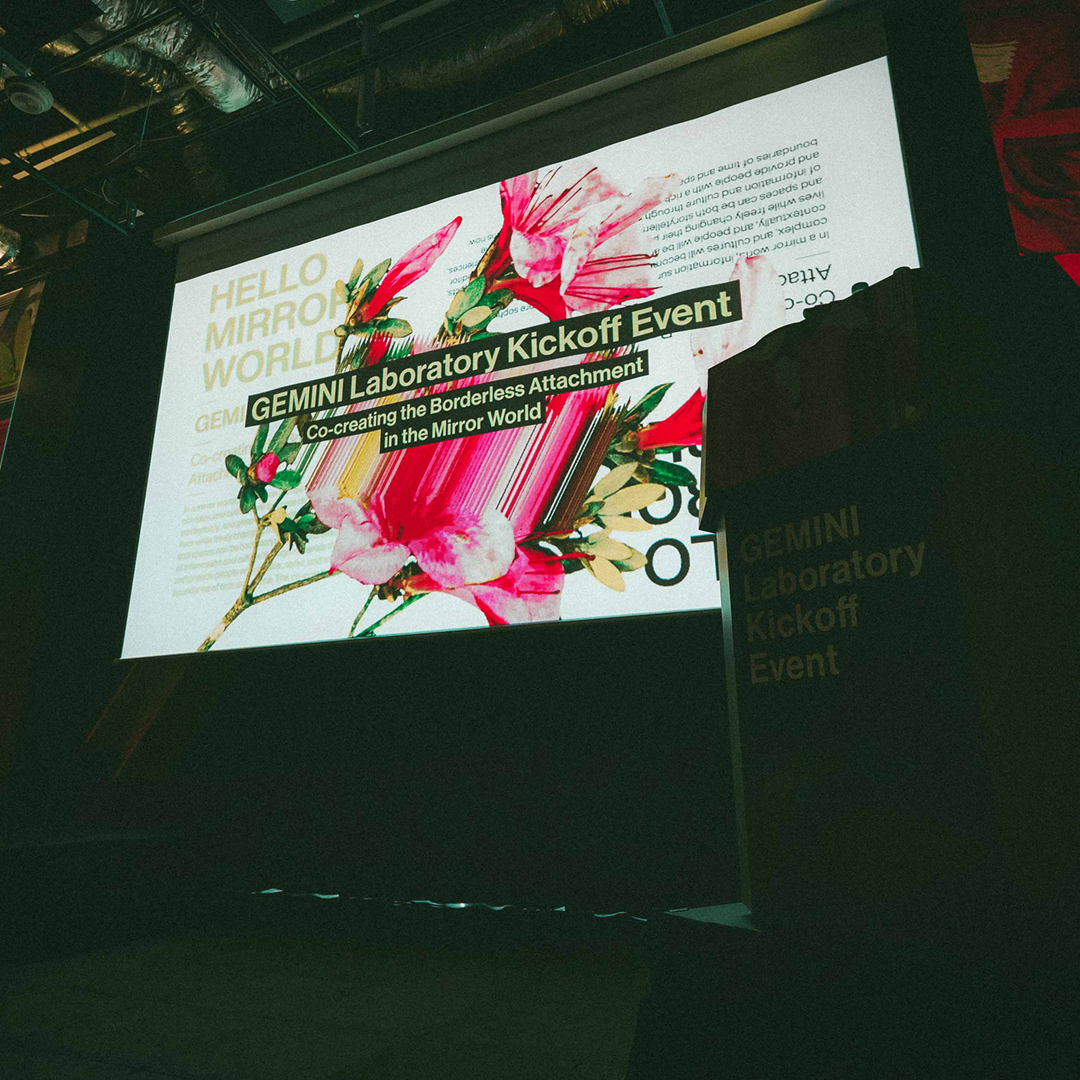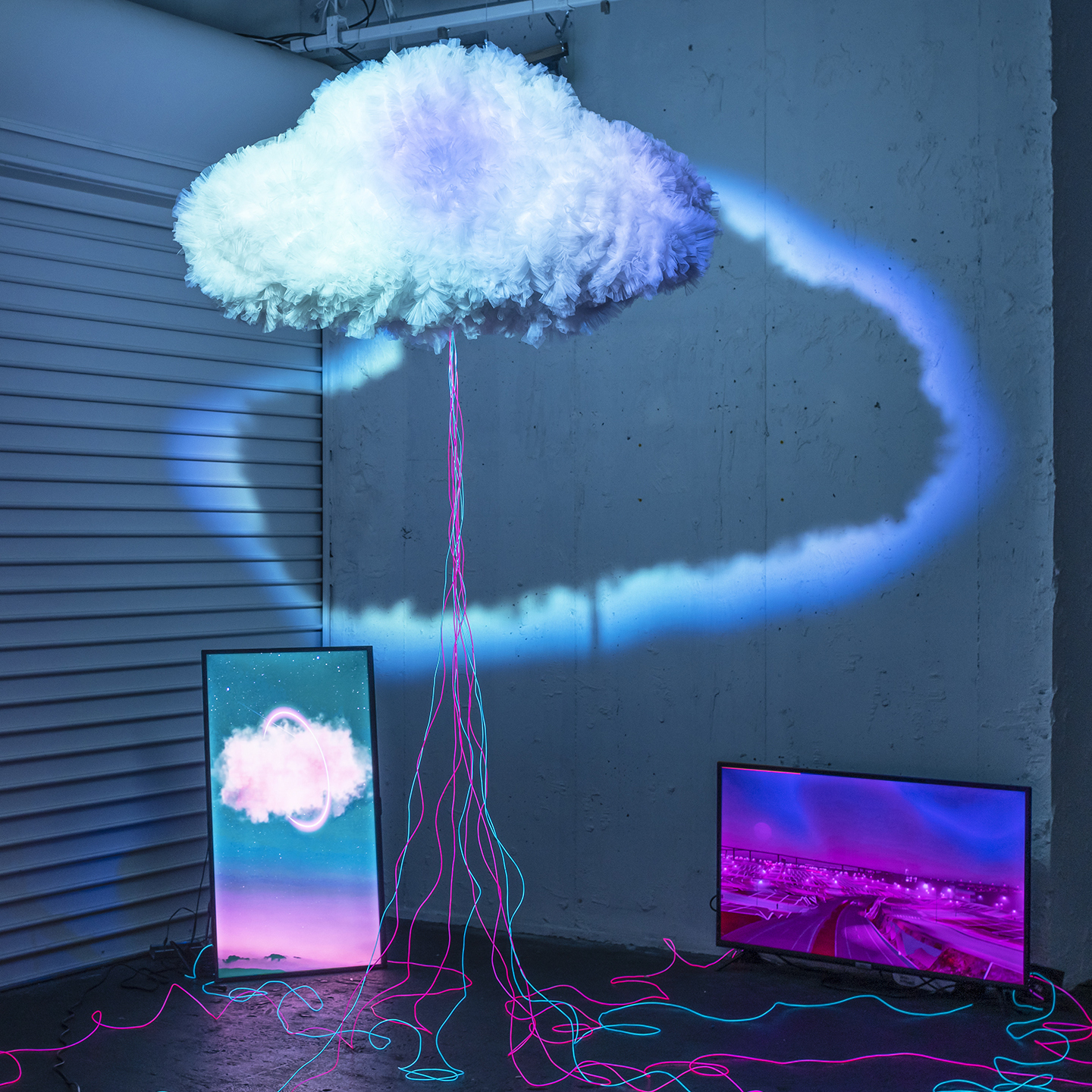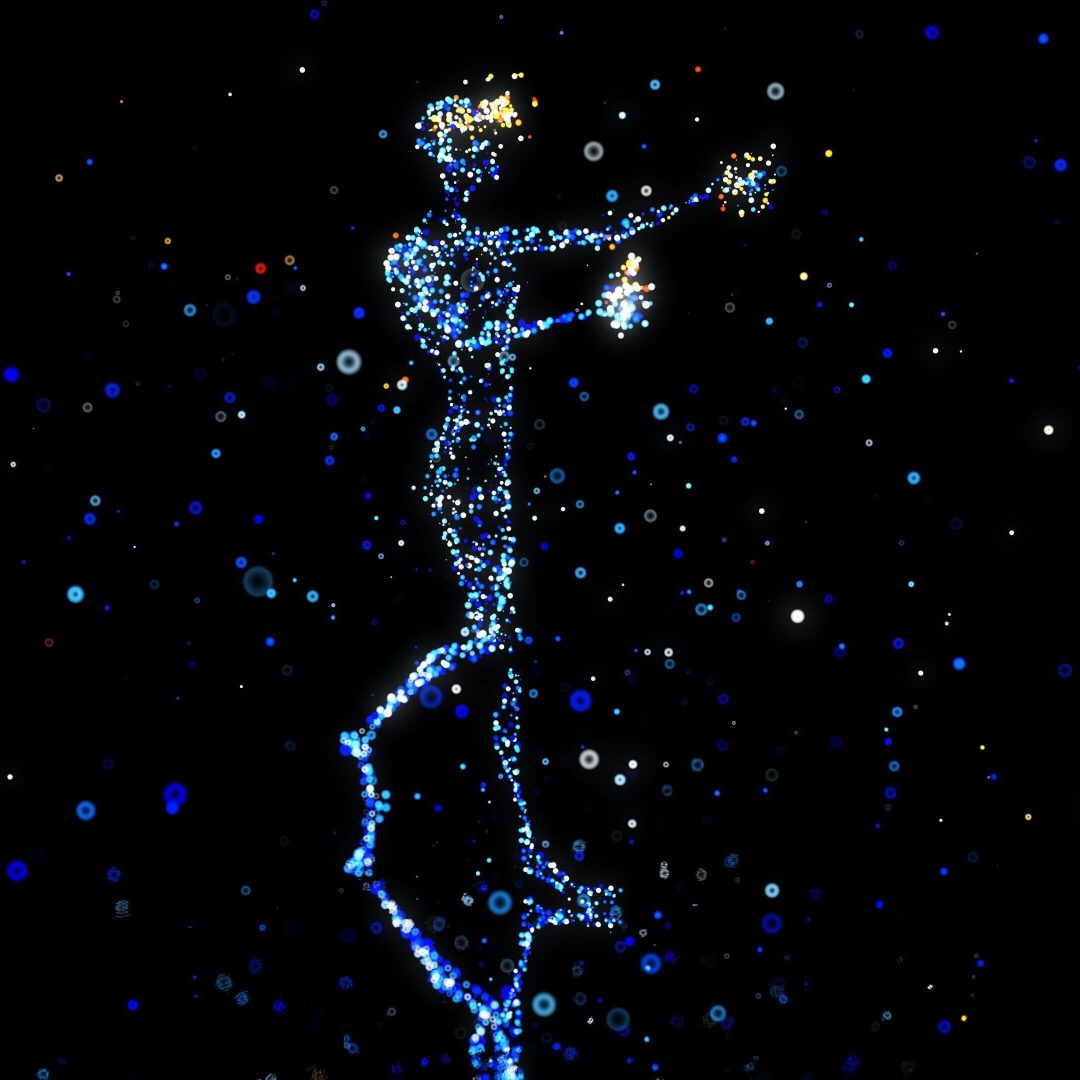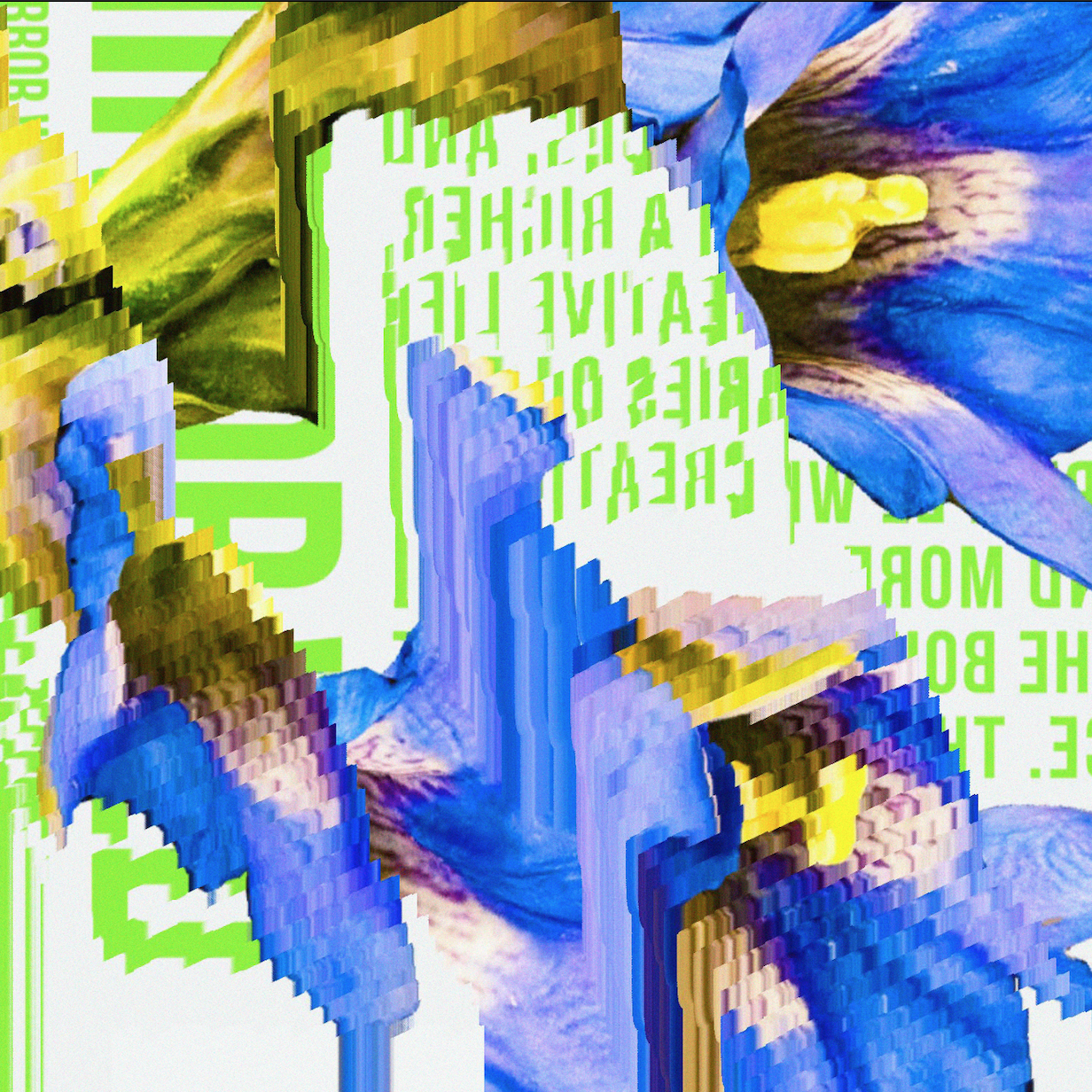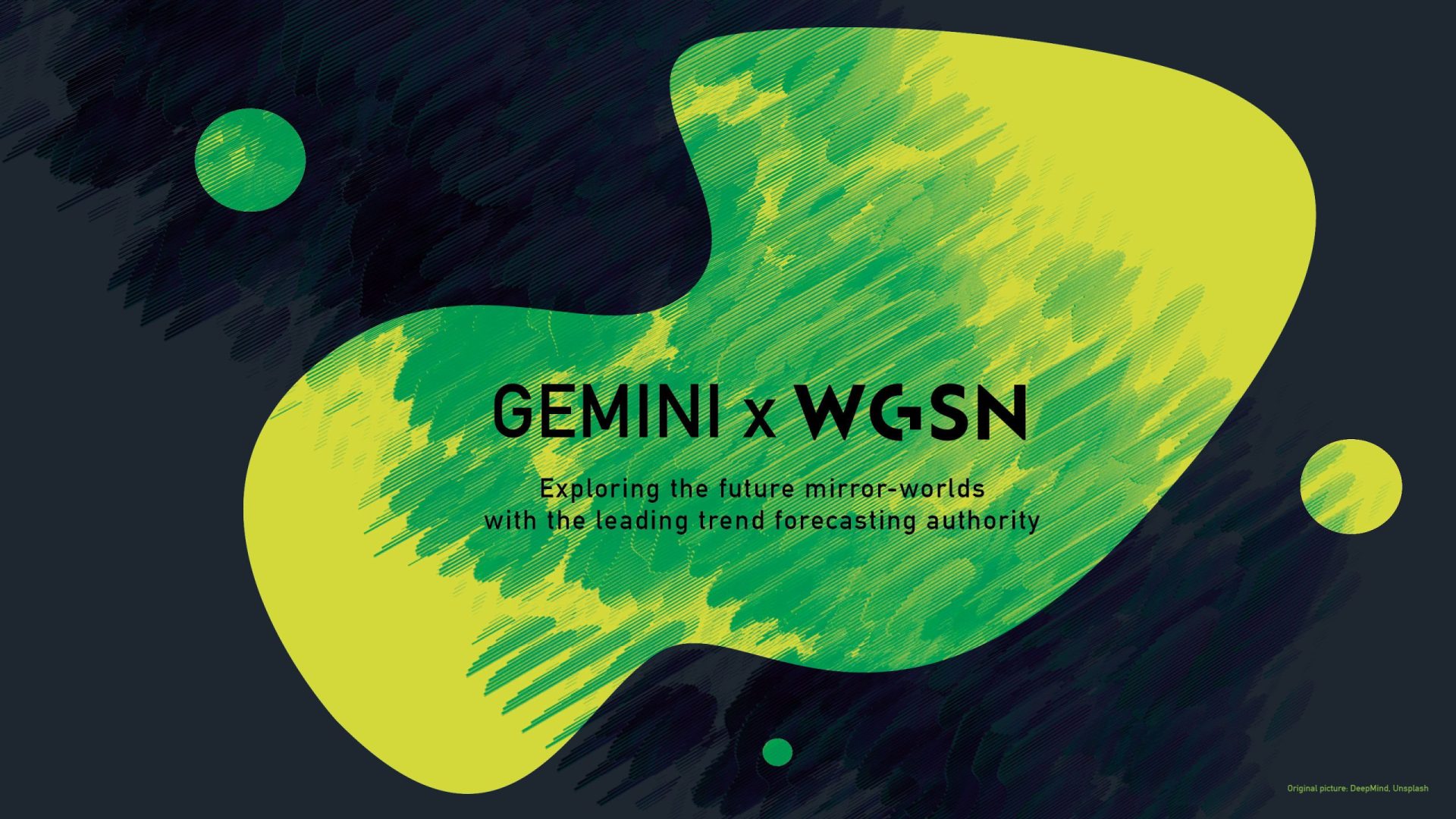The series “Guideposts for Predicting the Future” is a column project in which experts from various fields introduce five works and projects for imagining the near future, and search for clues for the future.
This time, the author is Shota Ichinose, editor for Hayakawa Publishing, who worked on the reissue of Snow Crash. The science fiction novel Snow Crash by Neal Stephenson, who coined the term “Metaverse,” was originally released in 1992. Thirty years ago, neither smartphones nor social media were popular, and it can be seen that the times have changed significantly compared to now in 2022. What will the world look like in the future? Mr. Ichinose gave us five science fiction novels to predict the future 30 years from now.
September 19, 1992, Long Beach, California. The long-awaited first child was born to the Lucky family, a car salesman husband and his full-time housewife, a typical American family of the time. The child was named Palmer.
Three months before that, a science fiction novel was published: Neal Stephenson’s Snow Crash.
Inspired by this bizarre novel in which the idea of the Metaverse was written, Palmer started developing VR headsets at the tender age of 16. He founded Oculus VR at age 19, then sold Oculus to Facebook for billions at age 21. Facebook changed its name to “Meta” in 2021 and has plans to transform itself into a Metaverse company.
The “Metaverse” depicted in Snow Crash is transmitted between people like a neurolinguistic virus in the work and becomes a reality.
On the same day that Palmer was born, another boy was born in Tokyo’s Adachi City. He was also the first child of a typical Japanese family of the time, a bank employee husband and his full-time housewife. Thirty years later, he has edited the new edition of Snow Crash in Japan and is now writing this very sentence.
Time causes dizziness. Absolute singularity. The ultimate coincidence is, on the other hand, the ultimate necessity. Science fiction has depicted such “dizziness.” If you can acquire a long temporal perspective through these works, what will happen in 30 years is little more than a trivial matter.
Takahiro Ueda, Sun

A splendidly grandiose story that flies through time and space. In the future part of this work, humanity has entered a stage called the “Second Form.” They achieve immortality and can set “basic parameters” such as appearance and IQ to arbitrary values. They then proceed with a project called the “Great Alchemy” to generate large amounts of gold using the nuclear fusion of the sun.
It is worth noting that the concept of the “Second Form” was used by the character in the modern part of the work in his own writings. The book was put away in a safe and never read by anyone, meeting a fate like that of common garbage, but the omniscient and omnipotent narrator of this work knows its contents.
As with the Metaverse, the concept presented in the book in the world of the work was later “realized.” However, since no one read it, this is a kind of prophecy.
On the other hand, in the case of Snow Crash, it works in reality by being read. Therefore, it is a little different than a “book that predicted the future,” and it would be more accurate to say that it created the future. In any case, while making full use of narratives that break through the limits of human cognition, this book also digs out the impossibility of truth/fiction.
Olaf Stapledon, Last and First Men

“This is not a prophecy. It is a myth. Or an attempt at creating a myth.” – Olaf Stapledon (from the foreword to this book)
A future history told to readers, who are the First Men, by the Eighteenth Men two billion years from now. It is symbolic that the characters’ names do not appear even once in the nearly 400-page work. Europe is destroyed in one sentence, cloud-type Martians invade Earth, and tens of thousands of years pass. In addition to the massive scale of the writing, the details are full of whimsy.
For example, the story of Fourth Men: “giant brain humans.” “The ‘indomitable experimenters’ of the Third Men, by stifling the growth of the inferior organs of the fetal body and of the brain itself, and at the same time greatly stimulating the growth of both hemispheres of the cerebrum, they succeeded in creating lifeforms with brains 12 feet in diameter and a body that had shrunk to such an extent that only traces remained in the lower part of the brain. The only normal sized body parts were arms and hands. These sturdy organs for manipulating objects were connected around its shoulders to the solid brick structure that would be the creature’s home.”
These giant brain creatures eventually enslave the Third Men, and by specially culturing a variant of Martian parasite with a hive mind and incorporating it into their brain tissue, they acquired the ability to communicate telepathically amongst each other. Although it was released in 1930, it presents a bizarre vision that has in it shades of modern transhumanism.
Kurt Vonnegut, Galápagos

The narrator of this work, which tells the story in the future one million years from 1986, calls 1986 the “Era of the Giant Brain.” An era when the brain manipulated humans and brought about various discords. As a result, the human race is in danger of extinction due to economic crises and war. According to Vonnegut, the modern human brain is already bloated and misshapen, without the self-modifications Stapledon describes.
On the other hand, the human beings depicted in this work one million years from now have evolved in the Galápagos Islands and have a form that is far different from the one that we have now. Those future humans have fins and breathe with gills. They can’t speak.
But there is such a world out there.
“Today, no one lives a life of quiet despair. A million years ago, most people lived lives of quiet despair because the damned computers in their craniums could not moderate or play, and they were constantly begging for more and more of the most difficult problems that life could never offer.” “Today, it is hard to imagine anyone torturing anyone. How could you catch someone, let alone torture them, with only fins and a mouth?”
Michel Houellebecq, The Possibility of an Island
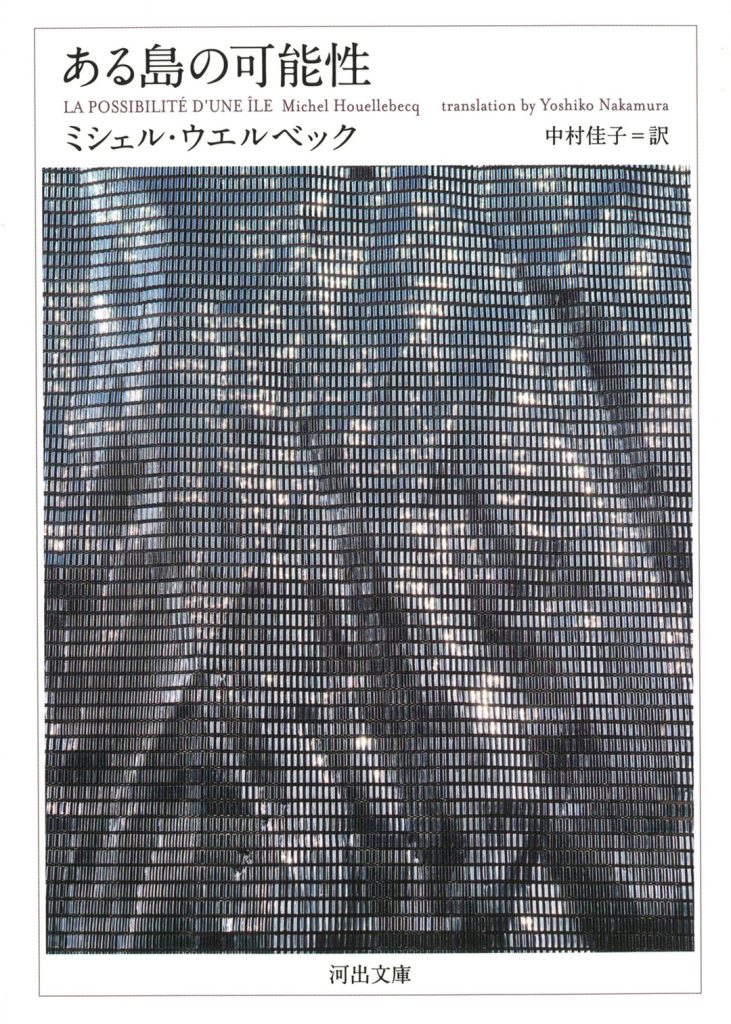
Houellebecq also depicts savage humans – wild people – in this work, but in contrast to Vonnegut’s, they are cruel and unhappy.
“Occasionally, one member of the herd will pounce on another, and they will quarrel and hurt each other with fists and words. A few steps away, the others continue their fights and machinations. Sometimes they go up to the two that are fighting and watch them die, and there is nothing but empty curiosity in their eyes.”
Watching the wildlings from the other side of a protective fence are being called neo-humans. A product of genetic modification and cloning technology. Their emotions and desires have almost completely disappeared, and they continue to relive the “life story” of their ancestors who lived 2,000 years ago.
It’s interesting to note that, while they share a common pity for modern humans, Houellebecq and Vonnegut have opposite vectors. In contrast to Vonnegut, who is deeply skeptical of technology, Houellebecq instead tries to portray the transcendence of human beings after advancing technology. The manner in which humans are depicted is not allegorical like Vonnegut, but it is vivid through and through. You may choose which one to read depending on your taste and mood.
Ted Chiang, Story of Your Life

All four works so far have been from the point of view of a narrator describing the past from some point in the future. Conversely, is it possible to describe the future from a certain point in the past as a definite fact? Ted Chiang’s Story of Your Life is a work that made that possible by employing a certain mechanism.
Linguist Louise attempts to communicate with “Heptapods,” seven-legged aliens that have visited Earth, but their language system is completely different from that of humans, as is the ideal way of thinking based on linguistic systems.
Depending on how you read it, this work is also science fiction theory and creation theory. “‘They’ act to create the future, to demonstrate the chronicles.” Doesn’t it seem like he’s talking about us, the human race, who have been trying to realize the “Metaverse” by being embedded with inspiration from Snow Crash?
Guest Profile
-
Shota Ichinose
Shota Ichinose
Born In 1992. After Graduating From The Faculty Of Education At The University Of Tokyo, He Joined Hayakawa Shobo And Is Now An Editor Of Non-Fiction Books. Michael Sandel's Book In Charge, ``Among Skill And Luck, Is Meritocracy Justice? ”, Michito Miyamoto And Others “SF Prototyping”, Jeff Hawkins “How The Brain Sees The World”, Etc.
- Shota Ichinose (@Shotichin) / Twitter: https://twitter.com/shotichin
Co-created by
Tag
Share
Discussion
Index
Index
Archives
Recommend
Recommend
Recommend
Recommend
Recommend
-

{ Prototype }
GEMINI Laboratory GLOBAL DESIGN AWARDS WINNERS ANNOUNCEMENT
GEMINI Laboratory GLOBAL DESIGN AWARDS WINNERS ANNOUNCEMENT
GEMINI Laboratory GLOBAL DESIGN AWARDS WINNERS ANNOUNCEMENT
-

{ Special }
Beyond borders
Beyond borders
Beyond borders
-

{ Community }
Osinachi: Pioneering the African Digital Art Revolution through Web3
Osinachi: Pioneering the African Digital Art Revolution through Web3
Osinachi: Pioneering the African Digital Art Revolution through Web3
-

{ Special }
Unlocking New Worlds: How Gaming is Leading Southeast Asia’s Journey into Web3
Unlocking New Worlds: How Gaming is Leading Southeast Asia’s Journey into Web3
Unlocking New Worlds: How Gaming is Leading Southeast Asia’s Journey into Web3
-

{ Prototype }
Fracture Born From The Fusion Of The Virtual And The Physical ── Sunaki “GEMINI EXHIBITION: Debug Scene” Artist Interview 03
Fracture Born From The Fusion Of The Virtual And The Physical ── Sunaki “GEMINI EXHIBITION: Debug Scene” Artist Interview 03
Fracture Born From The Fusion Of The Virtual And The Physical ── Sunaki “GEMINI EXHIBITION: Debug Scene” Artist Interview 03
Hot topics
Hot topics
Hot topics
Hot topics
Hot topics
-

{ Prototype }
GEMINI Laboratory GLOBAL DESIGN AWARDS WINNERS ANNOUNCEMENT
GEMINI Laboratory GLOBAL DESIGN AWARDS WINNERS ANNOUNCEMENT
GEMINI Laboratory GLOBAL DESIGN AWARDS WINNERS ANNOUNCEMENT
-

{ Community }
Scenting the metaverse with olfactory futurist, Olivia Jezler
Scenting the metaverse with olfactory futurist, Olivia Jezler
Scenting the metaverse with olfactory futurist, Olivia Jezler
-

{ Community }
Architect Mark Foster Gage: Kitbashing opens up design possibilities
Architect Mark Foster Gage: Kitbashing opens up design possibilities
Architect Mark Foster Gage: Kitbashing opens up design possibilities
-

{ Community }
Fashion Historian Pamela Golban: Beyond the Fusion of Virtual and Physical
Fashion Historian Pamela Golban: Beyond the Fusion of Virtual and Physical
Fashion Historian Pamela Golban: Beyond the Fusion of Virtual and Physical
-

{ Community }
Ars Electronica’s Hideaki Ogawa on the Happy Relationship between Media Art and the City
Ars Electronica’s Hideaki Ogawa on the Happy Relationship between Media Art and the City
Ars Electronica’s Hideaki Ogawa on the Happy Relationship between Media Art and the City
-

{ Community }
Unlocking New Worlds: How Gaming is Leading Southeast Asia’s Journey into Web3
Unlocking New Worlds: How Gaming is Leading Southeast Asia’s Journey into Web3
Unlocking New Worlds: How Gaming is Leading Southeast Asia’s Journey into Web3
-

{ Community }
Tomihiro Kono, who also designs wigs for Björk, explores multiple areas of creativity, including 2D, 3D, and AR
Tomihiro Kono, who also designs wigs for Björk, explores multiple areas of creativity, including 2D, 3D, and AR
Tomihiro Kono, who also designs wigs for Björk, explores multiple areas of creativity, including 2D, 3D, and AR
Special
Special
Special
Special
Special
Featured articles spun from unique perspectives.
What Is
“mirror world”...
What Is
“mirror world”...
What Is
“mirror world”...
What Is
“mirror world”...
What Is
“mirror world”...
“mirror world”... What Is
“mirror world”... What Is
“mirror world”... What Is
“mirror world”... What Is
“mirror world”...
Go Down
Go Down
Go Down
Go Down
Go Down
The Rabbit
The Rabbit
The Rabbit
The Rabbit
The Rabbit
Hole!
Hole!
Hole!
Hole!
Hole!
Welcome To Wonderland! Would You Like To Participate In PROJECT GEMINI?

